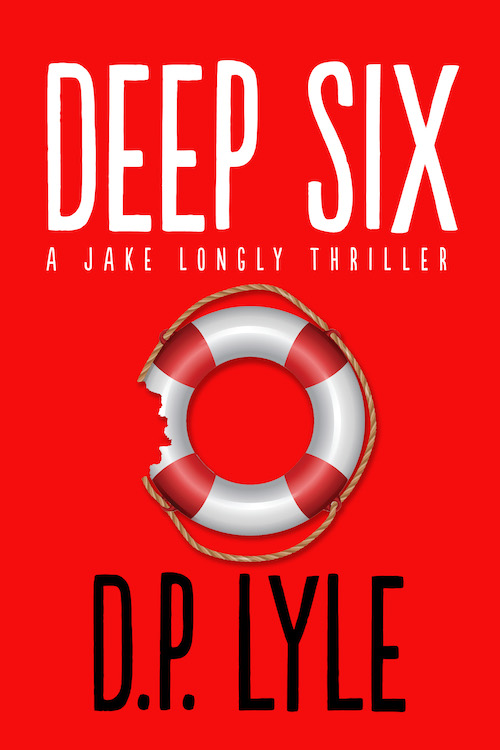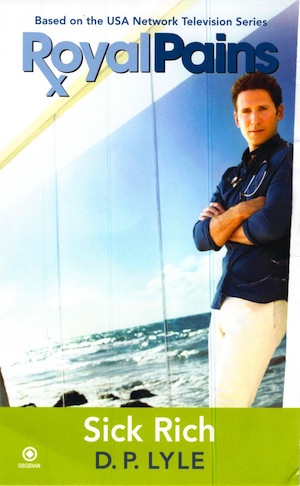My guest blogger today is Dr. Katherine Ramsland and her thoughts on an excellent book: The Poisoner’s Handbook: Murder and the Birth of Forensic Medicine in Jazz Age New York.
In 1915, an exasperated city commissioner complained about the corruption and negligence in Manhattan’s coroner’s office, for good reason. The pathologists lacked forensic background, autopsies were rarely performed, and few employed at this office had any respect for science. Reformist Mayor John P. Mitchell demanded change, but he was ousted before he could achieve it. Still, his voice had been heard and New York’s governor followed through. He appointed the first chief medical examiner, Charles Norris, to conduct all of the city’s death investigations. Norris had studied under Europe’s leading forensic practitioners and knew he would need a staff toxicologist. Despite a tight budget, he dug into his own pocket to hire Alexander O. Gettler. Together, they formed an invincible team with high standards, incredible stamina, and the type of persistence that turned investigation into science. With his wealth and flair, Norris became a legendary figure and by 1934, he’d created a Department of Forensic Medicine at New York University’s College of Medicine.
It was the age of poison, as award-winning science author Deborah Blum depicts in her new book The Poisoner’s Handbook: Murder and the Birth of Forensic Medicine in Jazz Age New York (Penguin). The number of poison-related deaths she reports was staggering. Not only was criminal poisoning pervasive during the 1920s but toxic substances in daily life from cars and cleaning solvents caused numerous deaths as well. In addition, Norris and Gettler faced attempts during Prohibition to serve bootleg booze, often laced with toxins. Even chloroform was a killer, and the book opens with a healthcare serial killer who used it to dispatch the elderly.
Deborah Blum
Along with a solid presentation of forensic history, Blum offers dramatic tales to demonstrate how a diverse array of poisons debilitated the human body. A longtime fan of chemistry, she researched cyanide, thallium, toxic alcohols, arsenic, mercury and even CO2. Her tales about radium poisoning are shocking, as is her discovery of deliberate poisoning by the U. S. government. Framing this information in state-of-the-art knowledge from a century ago, she takes readers right into America’s first dedicated toxicology lab.
Because no other U. S. city at this time had such a set-up, Gettler and Norris had to design one themselves, decide on its tools, and invent a methodology that would stand up in court. They had no help from mentors, textbooks, or educational programs. In fact, at this time, little was scientifically known about how these poisons affected human organs, so these men carried out focused analyses as part of their enormously busy schedules. Norris paid for the equipment, while Gettler purchased chemical supplies and raw liver for experiments.
For example, to test how carbon monoxide might be implicated in a death, they designed an airtight corpse-size box with a gasket through which they could pump in CO2. Unclaimed cadavers were exposed to this toxic air for 24 and 36 hours. The results indicated that the CO2 levels in their blood did not change. Thus, Norris could now prove that if CO2 blood levels were toxic, the poison was introduced ante-mortem.
Blum, a professor of science journalism at the University of Wisconsin and winner of a Pulitzer Prize, enjoys researching the interface of science with society. “How does science change society and how does society change science?” she wonders. “All of my books try to get at that – the way science affects culture, and vice versa. Beyond that, I also have a deep affection for chemistry.” She discovered that telling the story of early forensic medicine via chapters devoted to specific poisons helped to organize a massive amount of material.“That way, I wasn’t bouncing back and forth between a bunch of poisons. The tricky thing was to look for poisons that were meaningful in each time period.”
Among the murder cases she describes is the one that inspired novelist James M. Cain to write Double Indemnity. In 1915, Ruth May Brown married Albert Snyder. Ten years into this difficult marriage, she met Henry Judd Gray, a married corset salesman. They jumped into a torrid affair and plotted to insure and kill Albert. Ruth got a policy that paid double in the event of death by mishap. Gray purchased the necessary weapons. Then, on a designated night, the lovers bludgeoned Snyder with a five-pound sash weight, stuffed his nose and mouth with rags soaked in chloroform, and wrapped a picture frame wire around his throat. Staging the room to resemble a robbery/homicide, Gray then bound Ruth and left. Her daughter discovered her and called the police.
The investigating detectives thought the scene contradicted Ruth’s tale and when they discovered the blood-stained sash weight in the basement, Ruth broke down. She told them that Gray had killed her husband. Yet when Gray was arrested, he pointed the finger back at Ruth. Then he said he’d acted in self-defense when Albert had struggled with him.
Gettler soon established that both suspects had lied. First, he tested a bottle of whiskey removed from Gray upon his capture; it contained a lethal amount of bichloride of mercury. In addition, Gettler found that Snyder had been so drunk on bootleg alcohol, as well as treated to so much chloroform, he couldn’t have fought with anyone. These things alone would have killed him. Thus, Gray’s account of self-defense was a sham.
“Gettler pointed out,” says Blum, “that they had so effectively poisoned Snyder with chloroform and alcohol that, if they had just left it alone [without the bludgeoning], it would have looked like a natural death. They wouldn’t have gotten the double indemnity, but they probably would have walked.”
The botched homicide was so egregiously clumsy that the jury had no trouble finding both guilty. They were executed in the electric chair in Sing Sing on the same day, January 12, 1928.
The Poisoner’s Handbook is enthralling for any reader, but it’s especially valuable for how its meticulous details about Norris, Gettler, and their array of cases resurrect a nearly forgotten chapter of American forensic toxicology.
Katherine Ramsland

![Deborah_Blum_[c]_Cynthia_Stalker](https://writersforensicsblog.files.wordpress.com/2010/02/deborah_blum_c_cynthia_stalker.jpg?w=214&h=300)


























Paul Osborne
June 6, 2010 at 8:51 pm
Just finished reading “The Poisoner’s Handbook.” Excellent work.
LikeLike
jeff grisier
December 10, 2010 at 1:17 pm
this is for katherine ramsland. i’m 54 yrs old and escaped from edmond kemper Jan. 20,1972. i lived in California and was hitch hicking at night to a h.s. basketball game. he tried to sexual attack me. e-mail me and i will give you details. jeff grisier
LikeLike
janice smith
February 1, 2015 at 6:56 pm
CO2 is carbon dioxide. CO is carbon monoxide
LikeLike